Livening up your outdoor space with perennials is a clever and low-maintenance strategy, and your mailbox can serve as a delightful canvas for this vibrant color show.
But with so many options, which ones should you select? We've rolled up our sleeves and delved into the research to bring you the seven most exquisite perennials to transform your mailbox area into a botanical masterpiece.
Here are the magnificent seven perennials to adorn your mailbox:
- Daylily - The Sun-Kissed Marvel
- Iris - The Petal-Packed Wonder
- Lavender - The Fragrant Showstopper
- Summer Phlox - The Clustered Beauty
- Clematis - The Climbing Star
- Coneflower - The Butterfly Magnet
- Sedum - The Succulent Spectacle
Stay tuned as we dive into the specifics of cultivating these seven perennial stars, along with other handy tips on designing your dream mailbox garden.
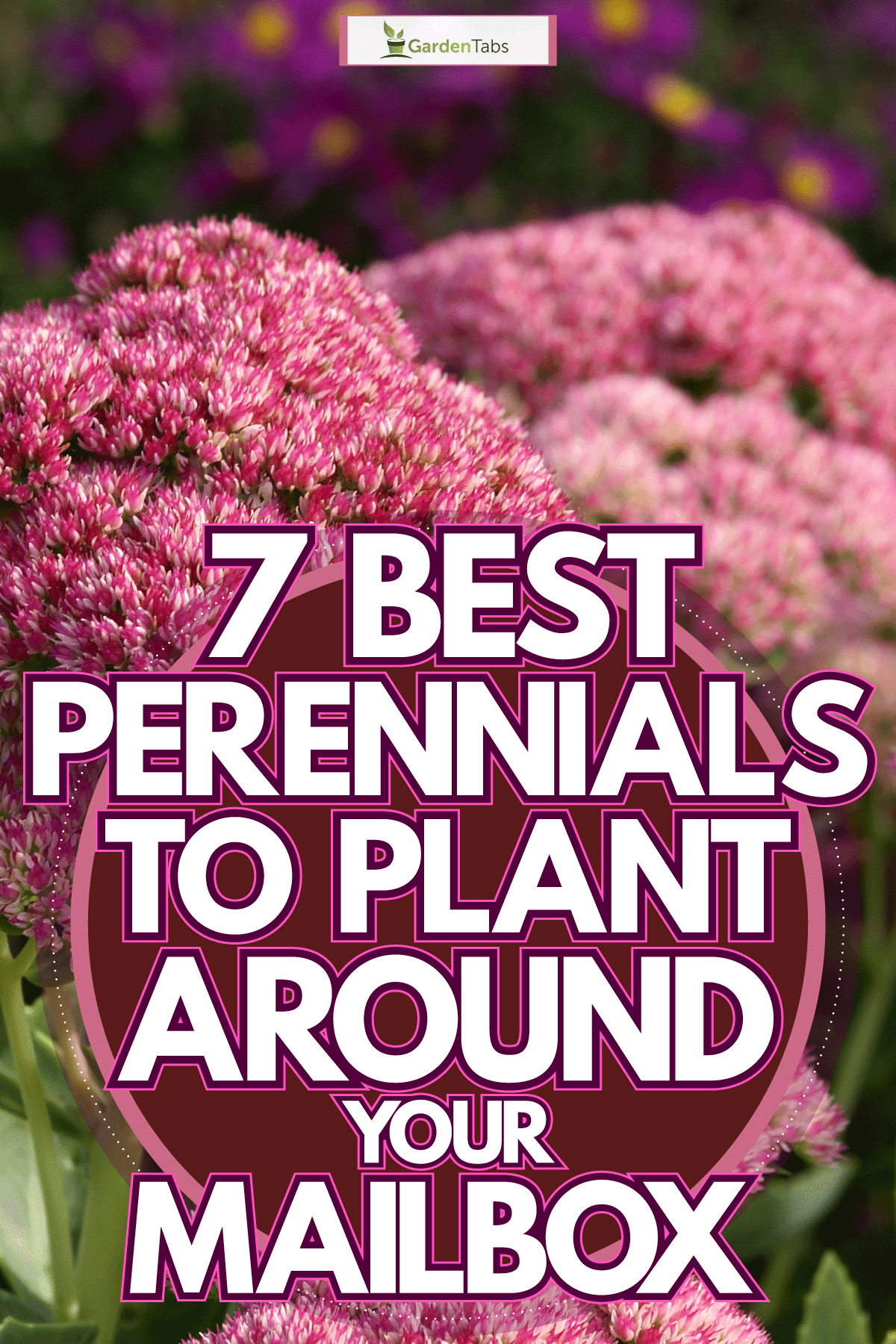
7 Best Perennials to Plant Around Your Mailbox
1. Daylily
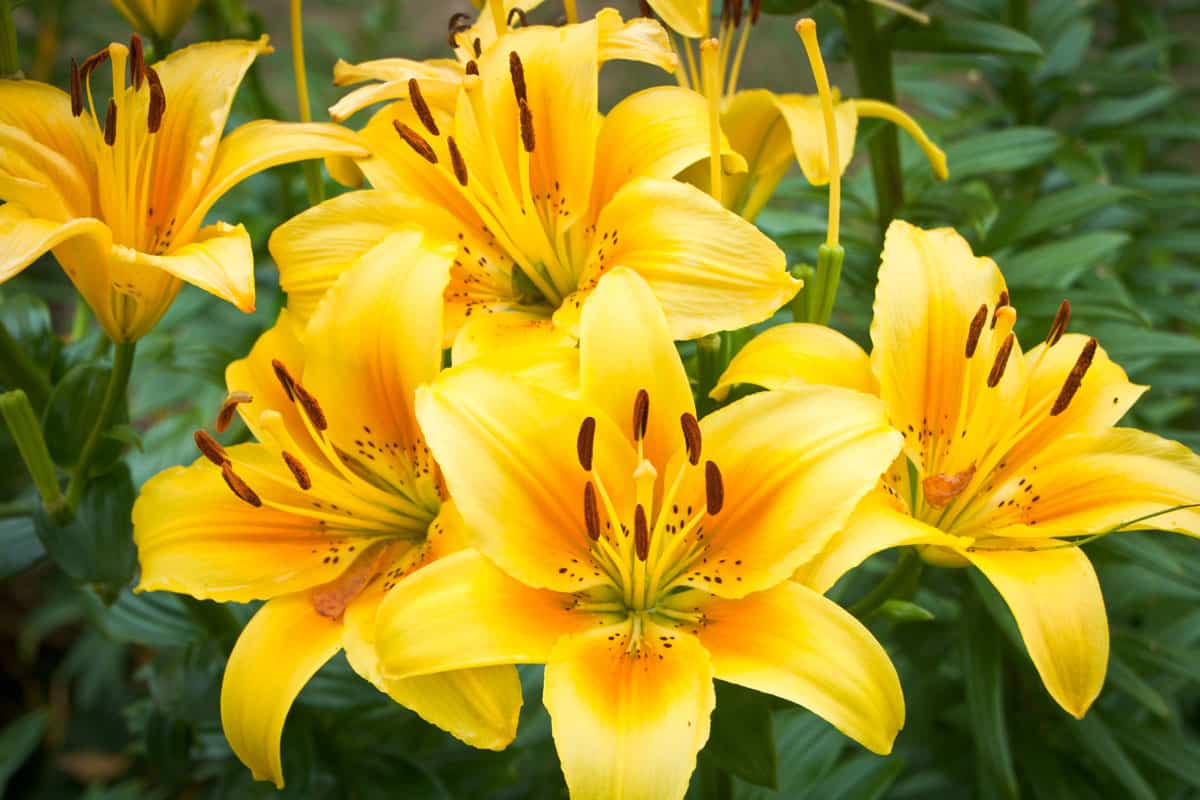
Daylilies are a perfect choice for your mailbox garden due to their low-maintenance needs and ability to thrive in the harsher roadside conditions you're likely to find around most mailboxes.
They'll also do well in full sun, where many curbside mailboxes are located.
Depending on the variety of daylily you choose, you can enjoy their blooms from spring through fall. Even when not blooming, their foliage is lovely and will provide an excellent filler around your mailbox.
Most varieties are suitable for hardiness zones 4 through 9 and are not usually bothered by disease or pests.
2. Iris
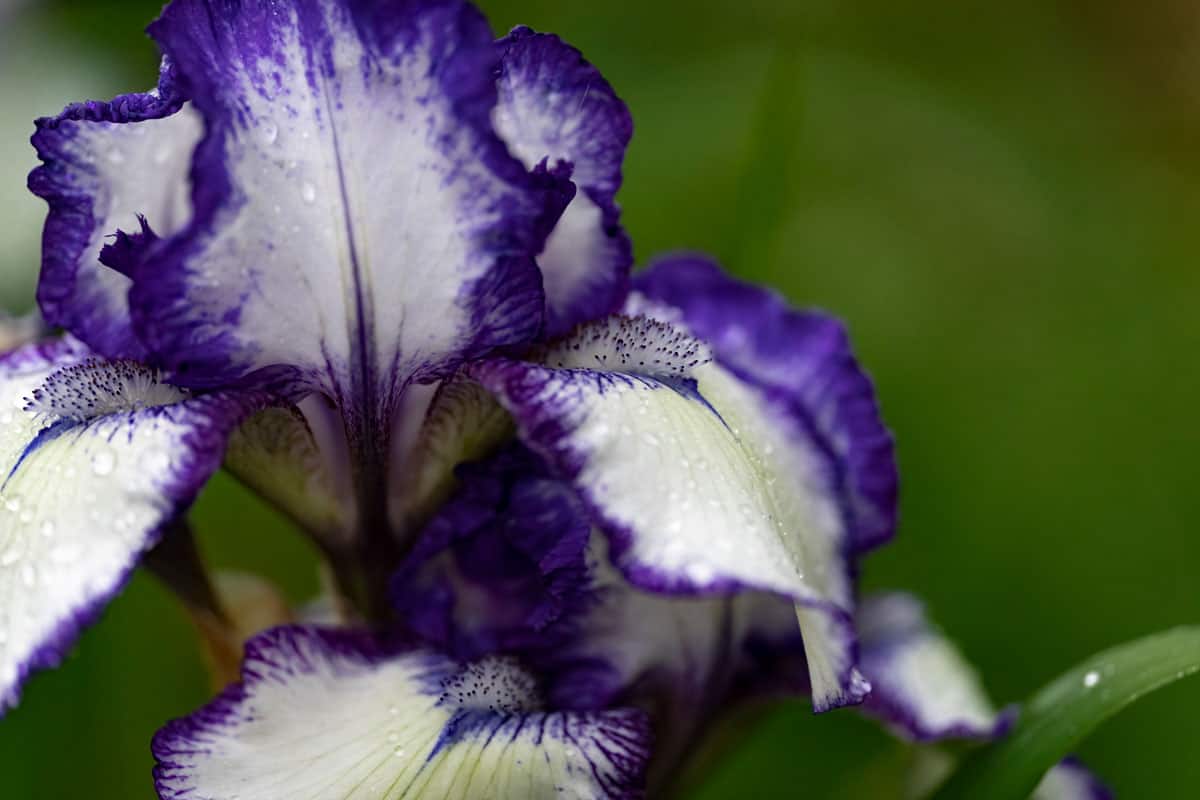
Irises are another lovely flowering perennial that won't require much maintenance in your mailbox garden.
While they might not bloom all season long, their unique blossoms, and options available in almost any color you can imagine, make them an ideal choice for adding interest and charm to your yard.
Many varieties grow on long tall stalks, which can provide a nice contrast to shorter perennials around your mailbox. Though you can also find irises that don't grow taller than a foot if that fits better with your desired design.
Irises generally require full sun and are drought tolerant, making them ideally suited for the space around most mailboxes.
And with so many options available, you're sure to find one that will thrive in your particular growing conditions and hardiness zone.
Besides dividing them every few years, irises shouldn't require much care and can be enjoyed for many years.
3. Lavender
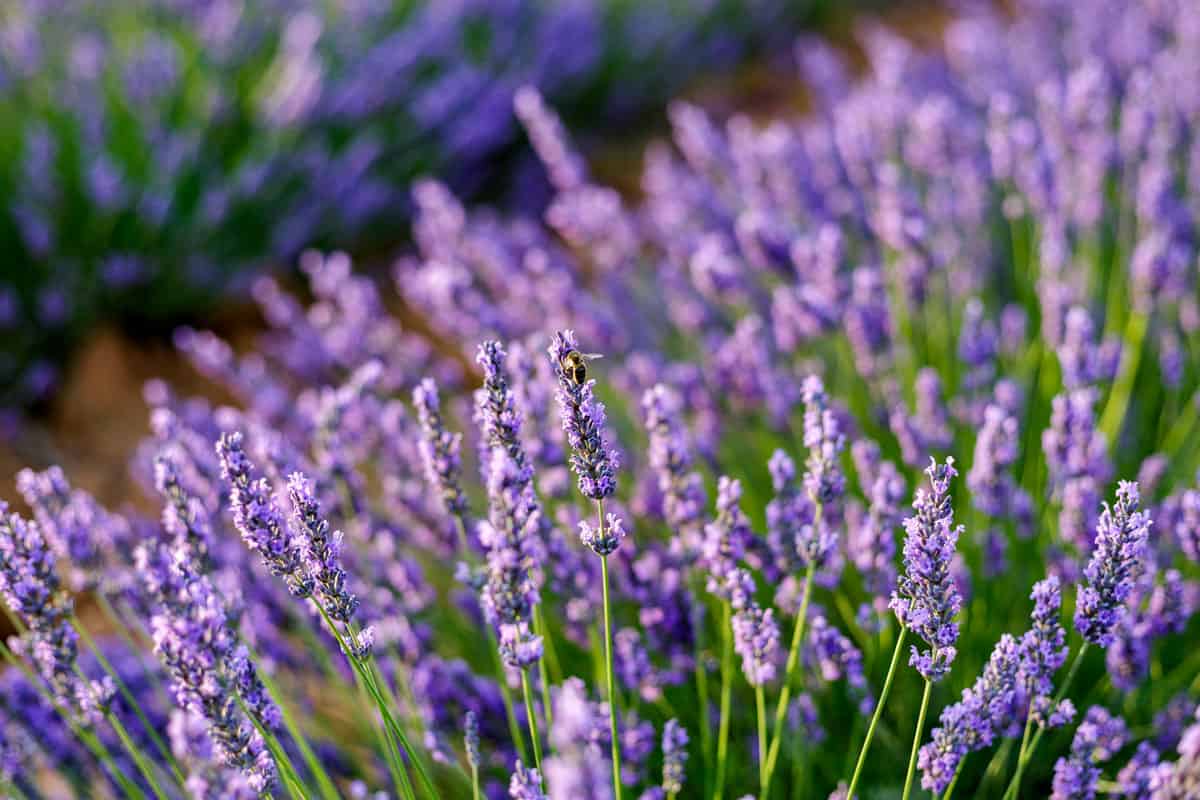
Look no further than lavender for another low-maintenance flowering perennial that can handle the sometimes poor soil conditions surrounding most mailboxes.
Their fragrant, delicate purple blossoms are also an ideal choice if you'd like to attract pollinators to your yard.
Lavender blooms best in full sun and well-draining soil. The plants are drought tolerant once established and won't require much watering, making them perfect for a curbside space that might not always get as much attention as other areas in your garden.
Lavender also won't be bothered by roadside salts and other rough conditions, so you won't need to worry about amending the soil or adding fertilizer.
As an herb, lavender can be harvested for various culinary and household uses, making it a valuable addition to any garden. Its fragrant scent also helps to deter deer and other garden pests.
Most varieties of lavender are hardy in zones 5 through 9, so depending on where you live, you should be able to find the best one to grow in your garden.
4. Summer Phlox
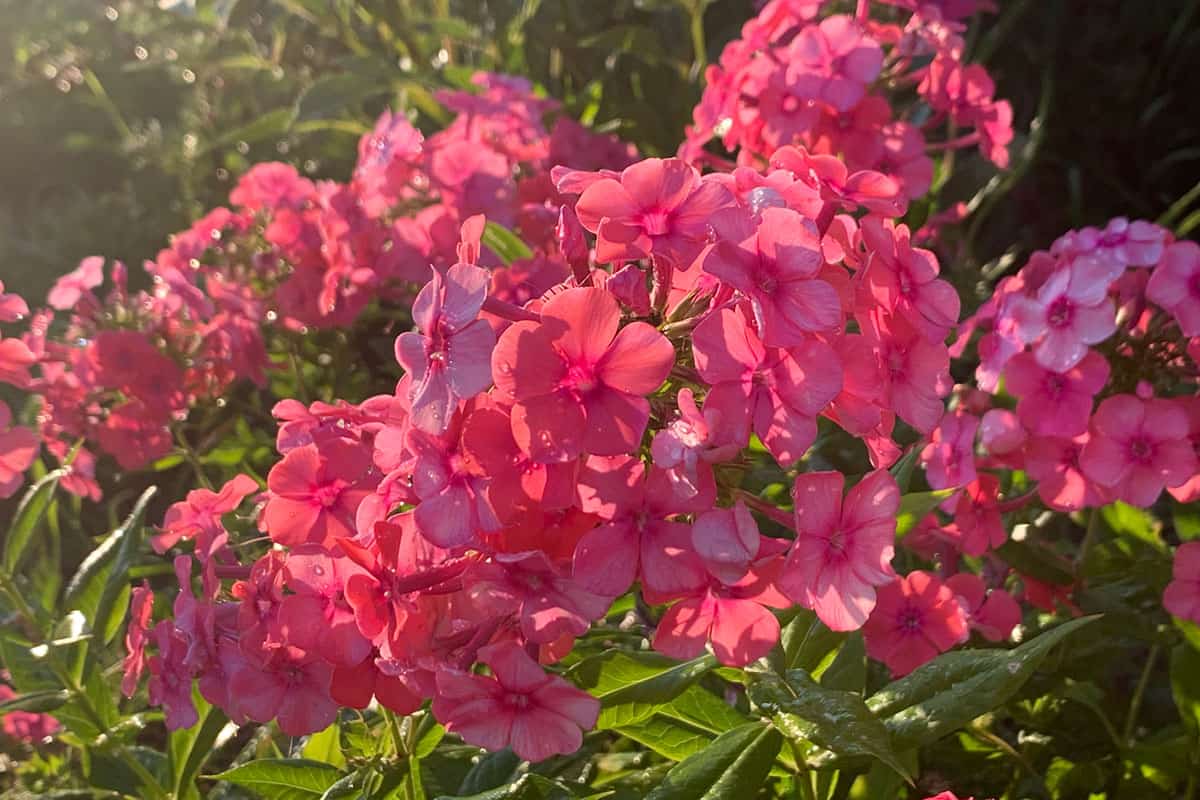
Summer phlox (phlox paniculata), also called garden phlox, is a long-lasting flowering perennial that can provide a beautiful addition to your mailbox garden.
Colors range from pink to purple to white, and the flowers grow in densely packed clumps that will provide nice, full coverage around your mailbox.
One of the best reasons to choose summer phlox is that it will be in bloom when many other flowering plants are not, through the late summer and fall.
It does well in either full sun or partial shade and grows best in hardiness zones 4 through 8.
It is not particularly drought tolerant and is susceptible to powdery mildew in hot, humid climates, so it is not quite as no-maintenance as other options. But it will thrive if given the right growing conditions.
And the unique showy flowers blooming around your mailbox in late summer will be more than worth the little bit of extra care this perennial requires.
5. Clematis
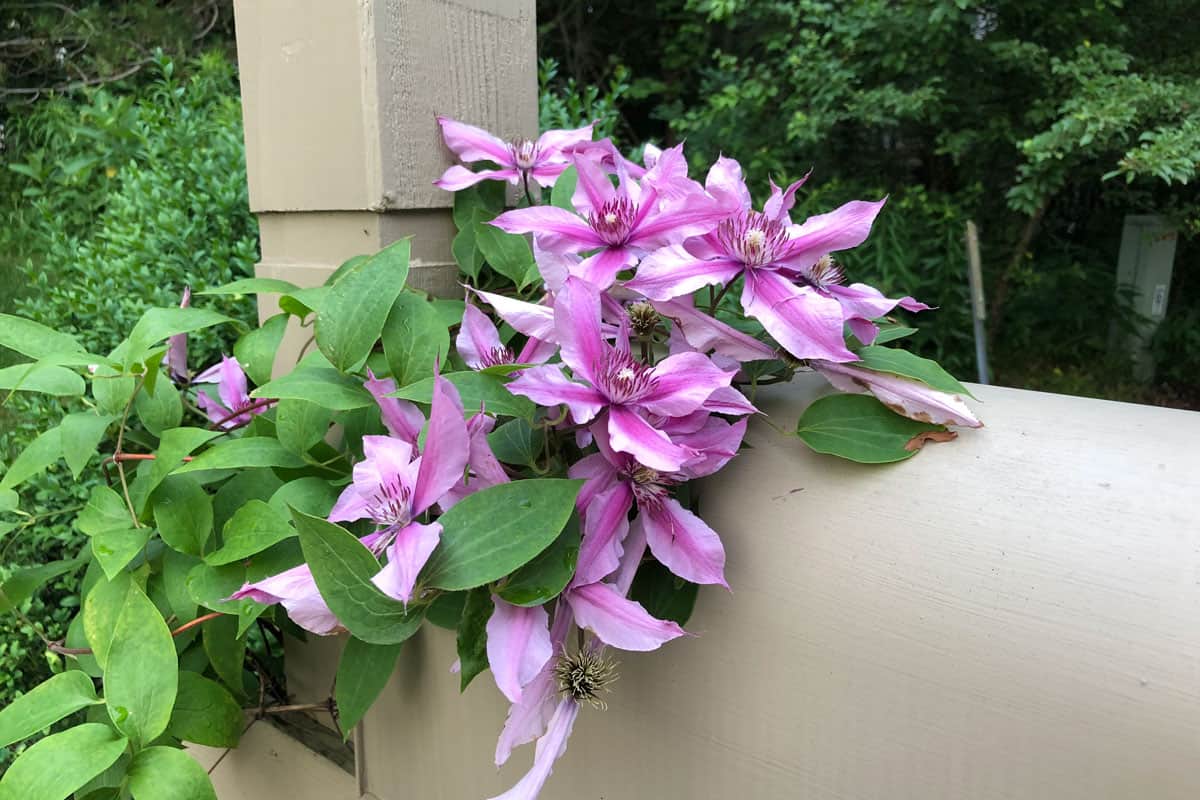
When searching for perennials to plant around your mailbox, don't forget to consider plants that can grow on your mailbox.
A climbing, crawling vine covered in beautiful blossoms will change your standard, boring mailbox post into a living work of art. Though you can find many options to serve this purpose, the perennial clematis is a perfect choice.
Clematis comes in a wide range of colors, from white to pink to blue to red, but the most well-known variety is Jackmanii, which has large purple blossoms. It's hardy in zones 3 through 8, and it's a great option to choose if you'd like to attract butterflies to your garden.
Other than occasional pruning, clematis is generally low maintenance. Once established, the vines grow well and are resistant to most problems. They will thrive with proper airflow and well-draining soil.
Clematis grows best with the vines and foliage in full sun while the roots are kept cooler. You can achieve this with either a two-inch layer of mulch or by planting low groundcover plants with shallow roots around the base to provide shade.
6. Coneflower
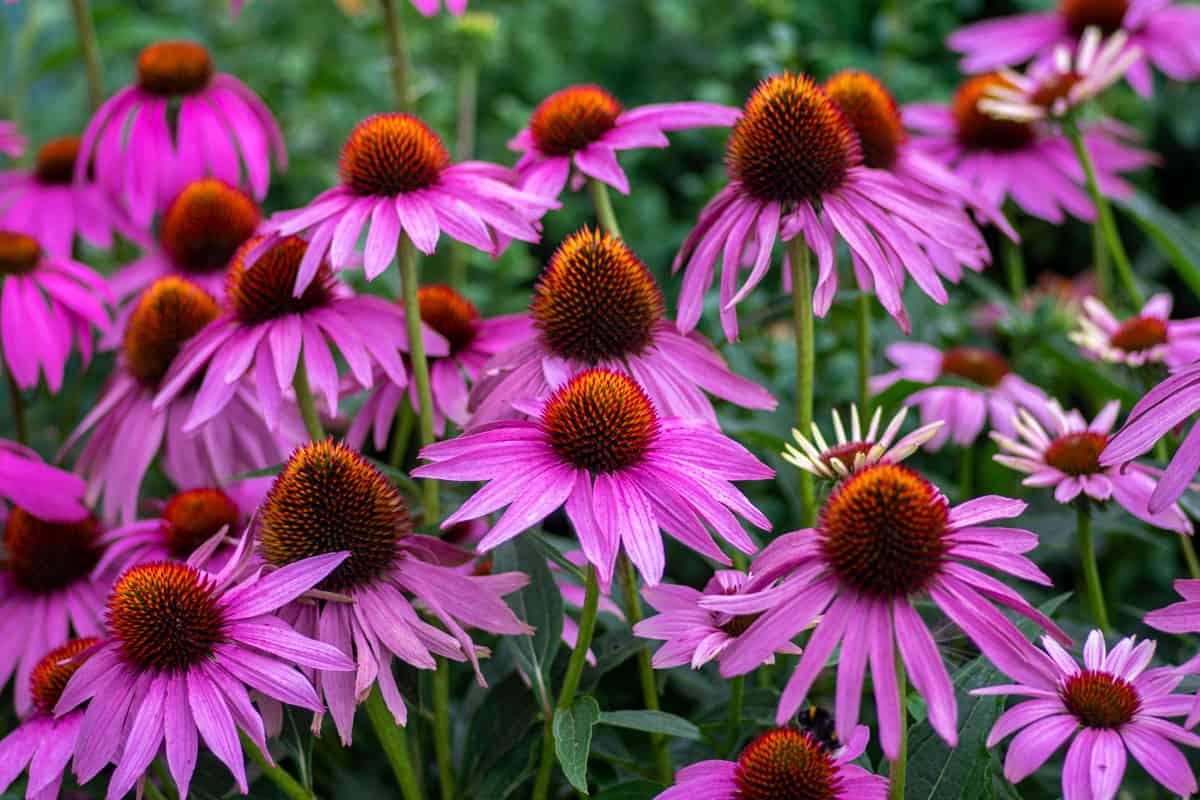
Coneflowers are an easy-to-grow, sun-loving perennial that's perfect for your mailbox garden. Available in an array of colors, the most common variety is the purple coneflower that blooms from early summer to the middle of fall.
They are hardy in zones 3 through 8 and drought tolerant. Coneflowers prefer well-drained soil but can also handle less than ideal soil conditions.
They attract birds and butterflies while deterring deer, making them a helpful plant to add to your garden.
7. Sedum
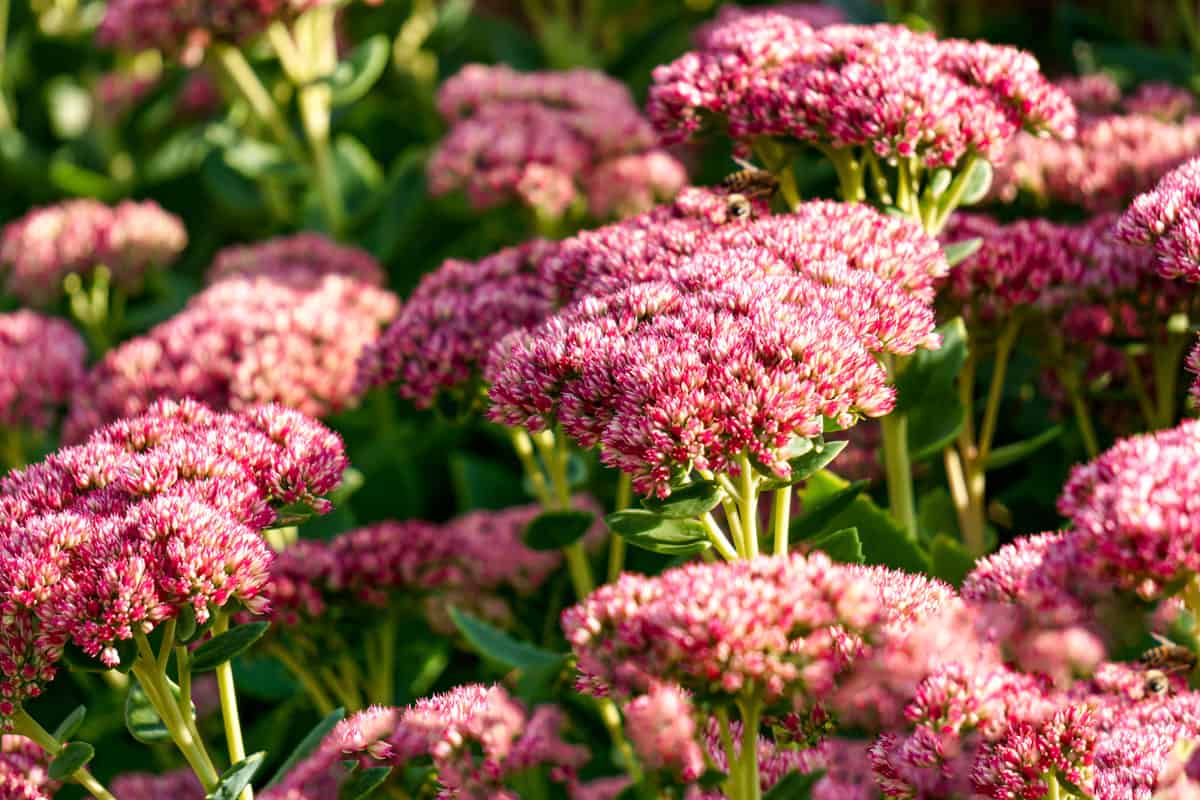
Sedum could be the right choice if you'd like a lower-growing perennial to contrast the taller stalks and larger blossoms of the other plants in your perennial garden.
Though upright varieties are available, many sedum plants work well as a groundcover.
Sedum, also known as stonecrop, thrives in full sun and does well in dry, rocky, and poorer soils. The plants are easy to care for and don't require much water.
Autumn Joy is a popular long-blooming variety of sedum that's hardy in zones 3 through 10 and blooms in the late summer through the fall. Its semi-domed flowerheads change from warm pink to bronze rose to brick red as the season progresses.
The interesting flowerheads even look great once they turn brown, so you can leave the dried flowers all through the winter in your mailbox garden.
How to Plant Flowers Around a Mailbox
Creating a botanical spectacle around your mailbox is akin to crafting a vibrant flowerbed in any corner of your outdoor space. Your first step is to envision the layout of your mailbox garden, handpicking the perfect blend of plants to paint your vision.
Next, turn your attention to preparing the canvas - the ground. This is when you roll up your sleeves and work the soil, breaking it up to create a nurturing environment for your chosen plants.
You may even consider a layer of landscaping fabric as an effective guard against weeds. With the fabric laid down, cut an 'X' where each plant will stake its claim, marking the birthplaces of your future blooms.
Now, it's time to introduce your plants to their new homes. Dig welcoming holes, spacious enough to comfortably accommodate each plant. Once the plants are cozily nestled in, fill in the gaps with additional soil as needed.
To round off this delightful transformation, swath the bed with mulch or sprinkle decorative stone to enhance the aesthetics. And voila!
Your mailbox garden, a true testament to your green thumb, is ready to be the talk of the neighborhood.
Check out this video for a quick tutorial to help you get started:
How Do You Attach Clematis to a Mailbox?
You have a few options when training clematis, or any vining plant, to grow around your mailbox post. In some cases, you might need to wrap the vines around the post, and it will take care of the rest itself.
If it seems like it's having trouble getting established and staying put, simply tieing it up with some garden twine or wire might do the trick.
If your mailbox post is especially smooth, however, you might need to add some additional texture and structure to give your clematis something to hang on to.
Wrapping your mailbox post with either wire garden fencing or netting are both easy options that won't deter from the look of your mailbox garden once the clematis fills in to cover the post.
What Can You Plant Around a Mailbox?
You don't have to limit yourself to just perennials when choosing plants for your mailbox garden. While these work well in curbside gardens due to their usually low-maintenance requirements, many other plants can also thrive here.
Another smart, low-maintenance choice is shrubs like juniper that can handle drought and rougher roadside conditions. Just make sure to opt for varieties that won't grow too tall.
Another terrific option is interspersing annuals with the other plants in your mailbox garden.
Annuals allow you to mix and match different colors, shapes, and styles in your mailbox garden whenever the mood strikes. They can also help ensure you have something blooming throughout the seasons.
What Else to Consider When Choosing Plants for Your Mailbox Garden
Whatever you choose to plant, don't forget to keep the primary purpose of your mailbox in mind. Make sure your mail carrier will still have easy access to deliver your letters and packages.
Prune back any climbing vines that might encroach on the mailbox door. And don't let anything planted in front of the mailbox grow so large that it keeps the mailbox from being reached.
You'll also want to ensure that the plants you choose around your mailbox don't contain thorns, spikes, or sharp edges that could injure your mail carrier. Cactuses are better left for other spots in your yard!
In Closing
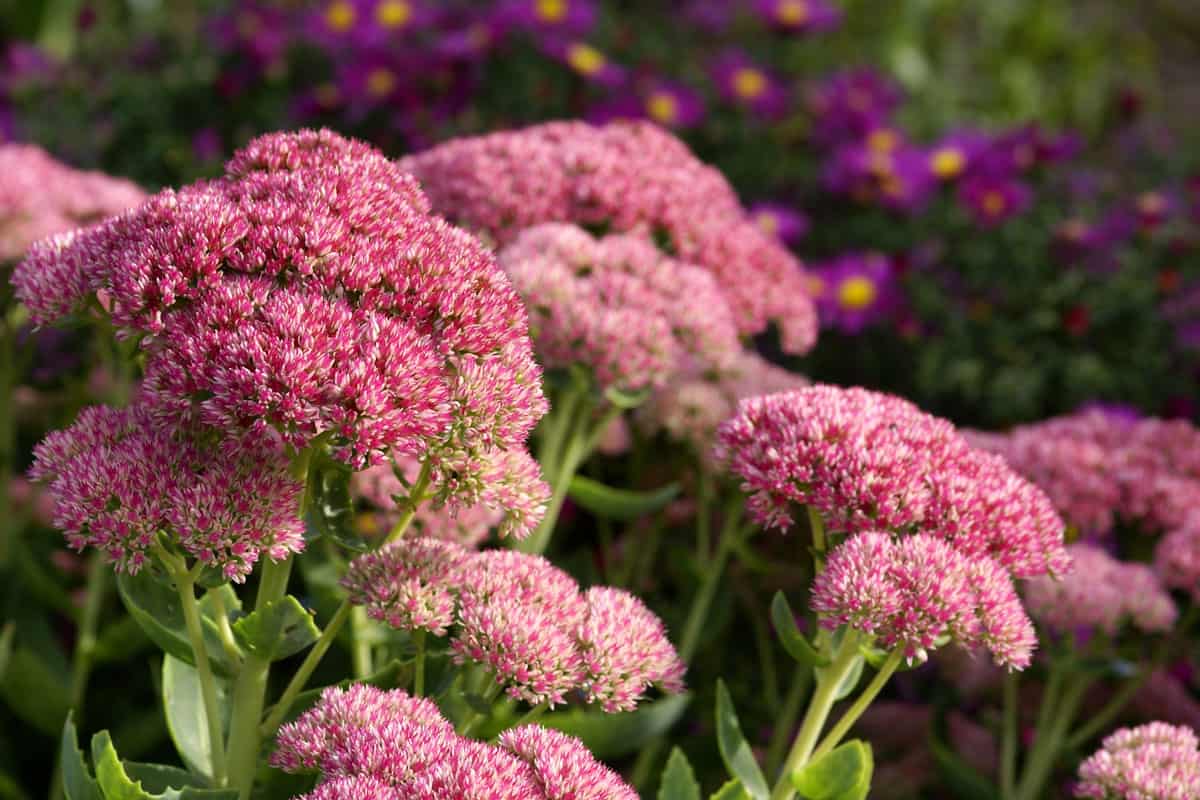
Perennials, especially those that thrive in full sun, are ideal for planting in your mailbox garden. While we listed seven of the best choices here, many more exist that could work just as well. Check out these articles for more perennials to consider for your curbside garden:
